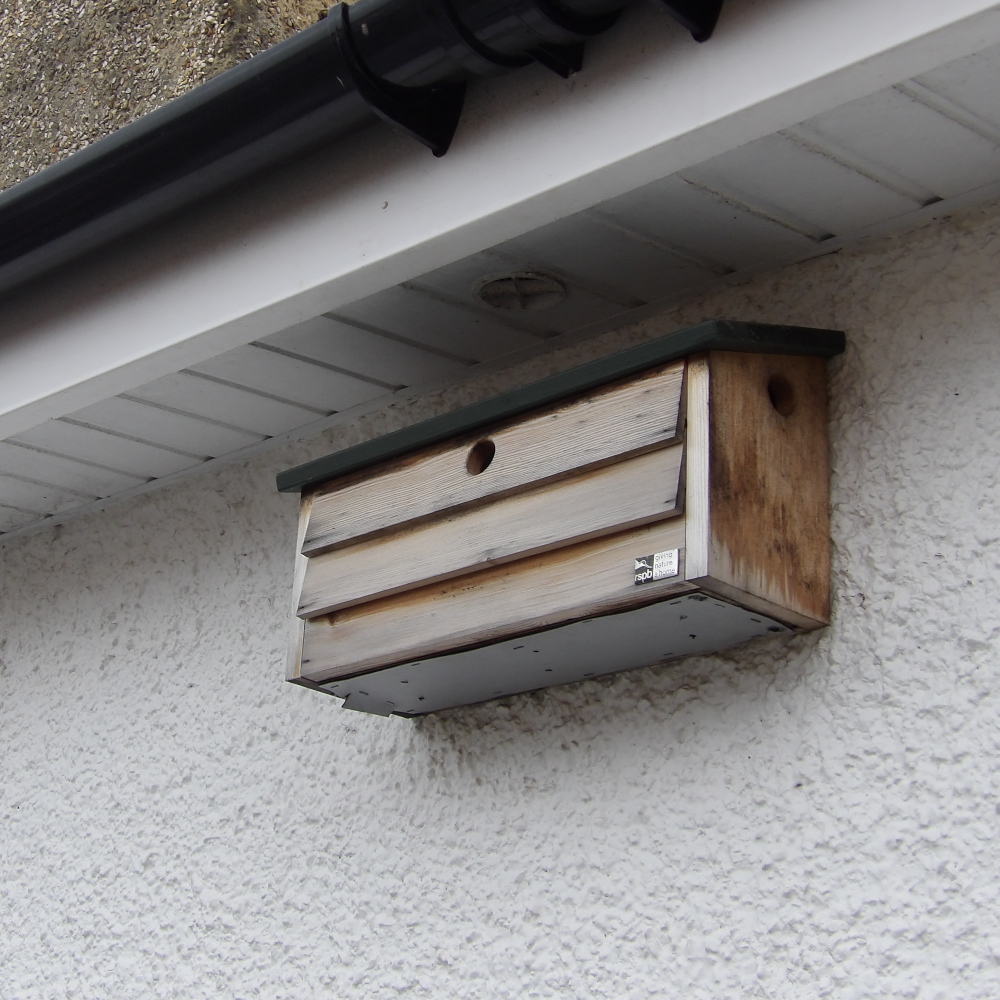Before any army goes into battle an understanding of the enemy is necessary.
I have over the past 6 years had a good opportunity to study the habits of house sparrows and my tactics in lessening their impact on the moth population has evolved from this knowledge.
Sparrows get up very early in the morning hence the title of this post.
The General sounds reveille to summon the troops into action.
One by one the troops awake making their presence known by calling their name in turn as in a schools register.
This is followed by a dawn chorus of “I’m only a poor little sparrow”, as they smarten themselves up for inspection by the General.
This process takes an amount of time sufficient for a keen mother who is already showered and dressed to do a thorough search of the area surrounding the moth house and pot all the moths she can find for examination, having first switched off the traps light of course.
Once recorded they can either be released down the lower garden or placed gently into the release centre dependent on the type moth as discussed earlier.
Any that require further scrutiny are placed, still potted, on a tray awaiting their photographic session.
Once this first pass is completed I then water the flower borders adjacent to the moth house in attempt to simulate rainfall with the hope that any concealed moths will take flight to a drier location.
My next move is to search the interior of the moth house leaving the moth trap itself alone as any moths contained therein are quite safe for the moment.
It is normally during this part of the process that the General has taken to his vantage point and begins to send in the troops who are neatly positioned in a row on the neighbouring fence.
If I have completed my tasks successfully there will be slim pickings on the outside of the moth house however.
It is sometimes necessary to open the moth house door just to have a quiet word with the enemy to explain that if they leave for the moment they are free to return later when I have finished what I am doing.
It was on one such occasion that I noticed that one of the sparrows had something in its beak which initially looked like a moth but was in fact a piece of bread.
I was quite pleased that my efforts earlier had been successful, and I came up with the idea that if I scattered a small amount of bread away from the moth house that maybe the General’s instructions would ignored for this easier target.
This approach would only be used if deemed necessary during moments when concentration with the subject in hand was required as I do not want to appear to be encouraging their attention.
Suffice to say that this is the approach I adopt during the periods when the sparrows have young and for the most part it works.
Sparrows do have the ability to gain access to places somebody of my build and stature finds difficult so as in any war there are a few casualties from time to time.
Another strategy that is now working in my favour was to follow my builder’s advice when they did the maintenance work to the outside of the house and have fascia’s and soffits fitted.
This work was carried out during the winter months when the birds were not nesting and because I’m an old softie a nesting box was fitted to the side of the house for exclusive use of the house sparrows.

I don’t think it has been used yet but the enemy remains undeterred finding suitable nesting sites in the eaves of my neighbours rooves and they have certainly not forgotten where I live so let battle commence.